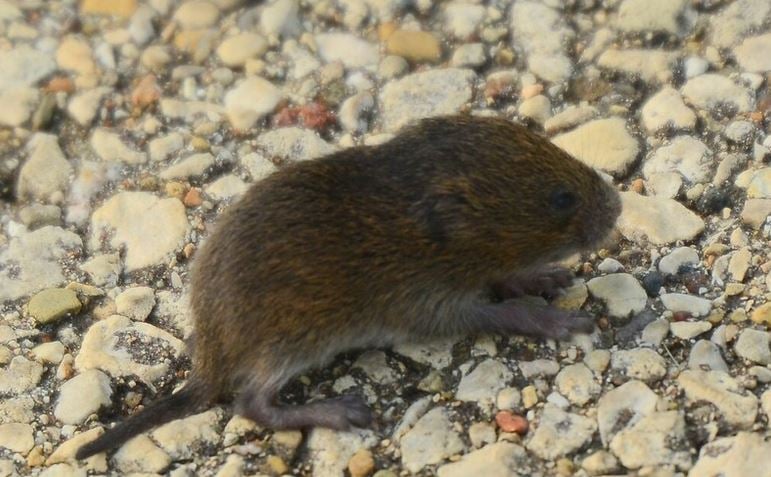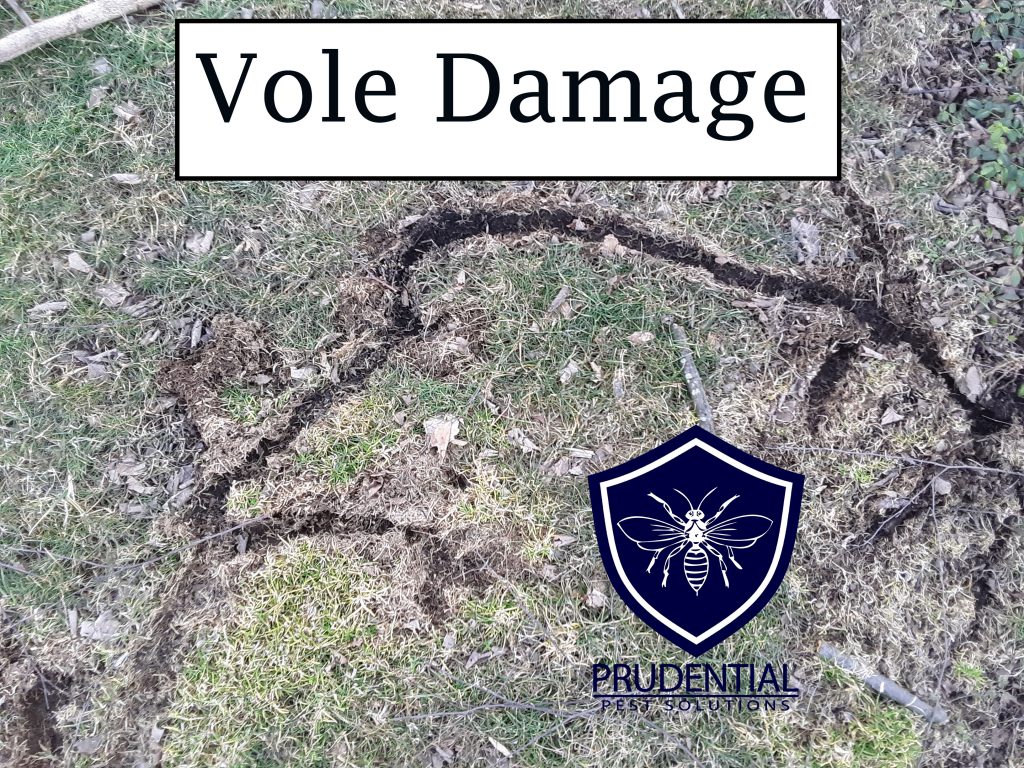Comprehensive Overview to Efficient Vole Pest Control: Invasion Recognition and Treatment Methods
In the realm of efficient insect control, vole invasions pose an one-of-a-kind difficulty that requires a tactical technique. By checking out the nuances of vole actions, comprehending essential indications of infestation, and assessing an array of control options, one can establish a detailed method to battle these evasive insects.
Understanding Vole Behavior
Vole habits is defined by their burrowing practices and quick recreation prices, making them a tough parasite to regulate effectively. These small rats normally develop detailed tunnel systems underground, using them for shelter, food storage space, and transport. Voles are herbivores, consuming a range of plants, light bulbs, turfs, and origins, which can cause substantial damage to yards, orchards, and lawns. Their quick reproductive price further complicates control efforts, with women capable of generating numerous litters in a single year, each consisting of several spawn.
Voles are most active throughout the very early morning and evening hours, spending the bulk of their time foraging for food. Their tunneling habits not just disrupt yards and gardens but additionally make them challenging to detect and eliminate. Comprehending vole actions is critical for efficient parasite control approaches. By recognizing their burrow places, keeping an eye on feeding areas, and executing targeted control techniques, such as trapping or habitat adjustment, vole infestations can be taken care of efficiently.
Indications of Vole Invasion

Avoidance Approaches
Applying reliable prevention techniques is critical in minimizing vole problems and protecting vegetation from their harmful feeding practices (vole control utah). To stop vole invasions, it is vital to start by getting rid of potential food resources and shelter. Maintain yard and vegetation cut short, remove weeds and debris, and preserve a tidy garden or lawn to make the area much less eye-catching to voles. Setting up barriers such as equipment towel or below ground fencing can also assist deter voles from getting in particular areas. Furthermore, decreasing excess dampness by repairing dripping pipes and ensuring proper drain can make the setting much less friendly for voles.
Regularly examining the property for indications of vole activity, such as runways and burrow openings, is critical for early detection and punctual action. If vole activity is presumed, take into consideration utilizing repellents or catches strategically put near their pathways.
Non-Lethal Control Methods
To properly handle vole populaces while prioritizing humane methods, non-lethal control techniques use functional services for reducing vole damage in yards and landscapes. These obstacles can be hidden at least 12 inches curved and deep at a 90-degree angle to avoid voles from delving below.

Lethal Control Options
One efficient method for addressing vole problems in yards and landscapes involves the calculated usage of dangerous control options. When encountered with a severe vole infestation that non-lethal techniques have actually fallen short to contain, carrying out dangerous control steps comes to be important. Overall, when using lethal control options, it is crucial to do so sensibly and in accordance with neighborhood regulations to effectively take care of vole invasions.
Verdict
To conclude, efficient vole pest control needs a thorough understanding of vole behavior, recognition of signs of invasion, implementation of prevention vole lawn damage approaches, and application of both dangerous and non-lethal control techniques. By integrating these strategies, individuals can properly manage vole populaces and shield their residential or commercial property from damage. It is necessary to resolve vole invasions immediately to stop further problems and lessen the effect on the surrounding setting.
Given the detailed passage systems and quick reproduction prices characteristic of voles, identifying the indicators of vole invasion ends up being important in effective pest control. One of the primary indications of vole presence is the visibility of surface runways or tracks in grass or snow, typically regarding 1-2 inches vast, created as voles take a trip in between their burrows and food resources.To efficiently manage vole populaces while prioritizing gentle methods, non-lethal control methods offer useful options for lowering vole damages in yards and landscapes.One efficient method for dealing with vole infestations in gardens and landscapes includes the calculated usage of dangerous control choices. vole lawn damage.In final thought, efficient vole pest control requires a comprehensive understanding of vole behavior, recognition of indications of invasion, implementation of prevention strategies, and usage of both non-lethal and deadly control approaches